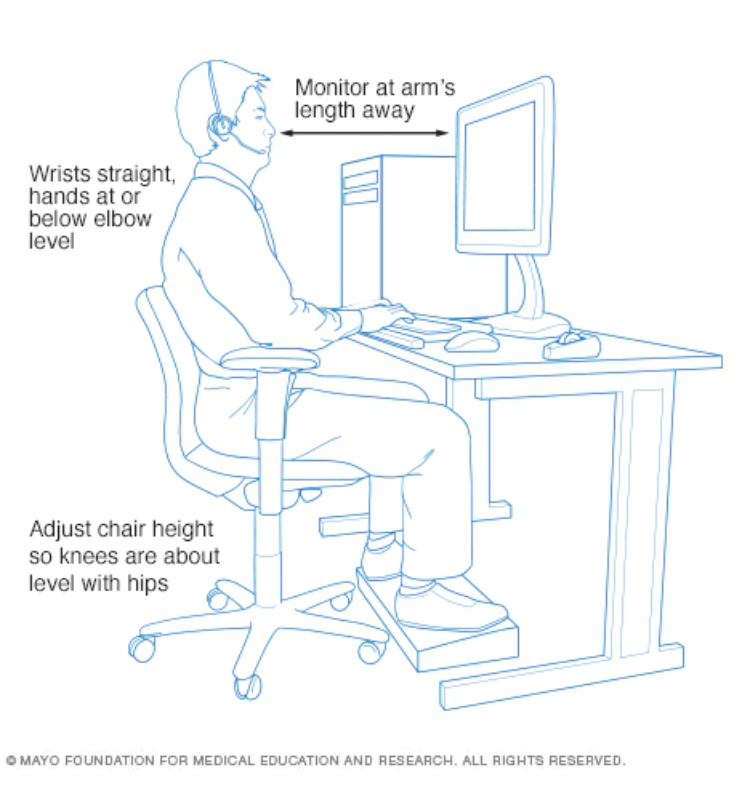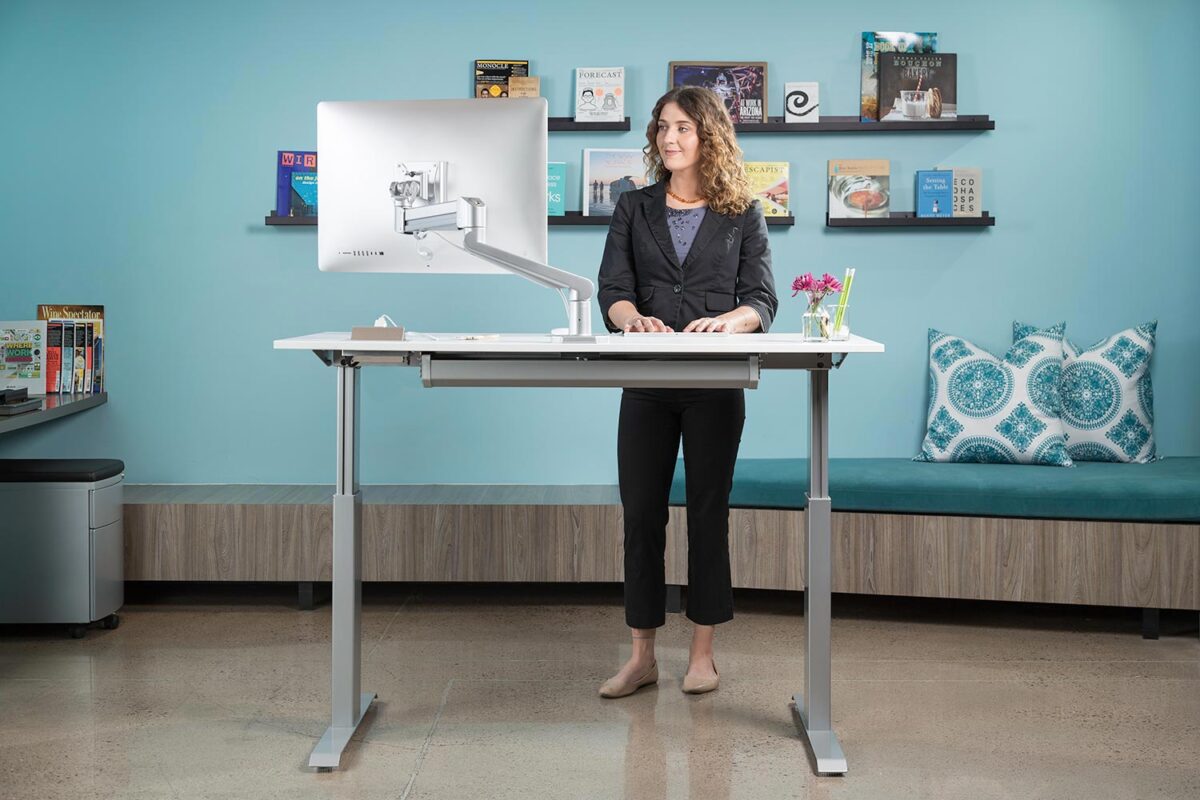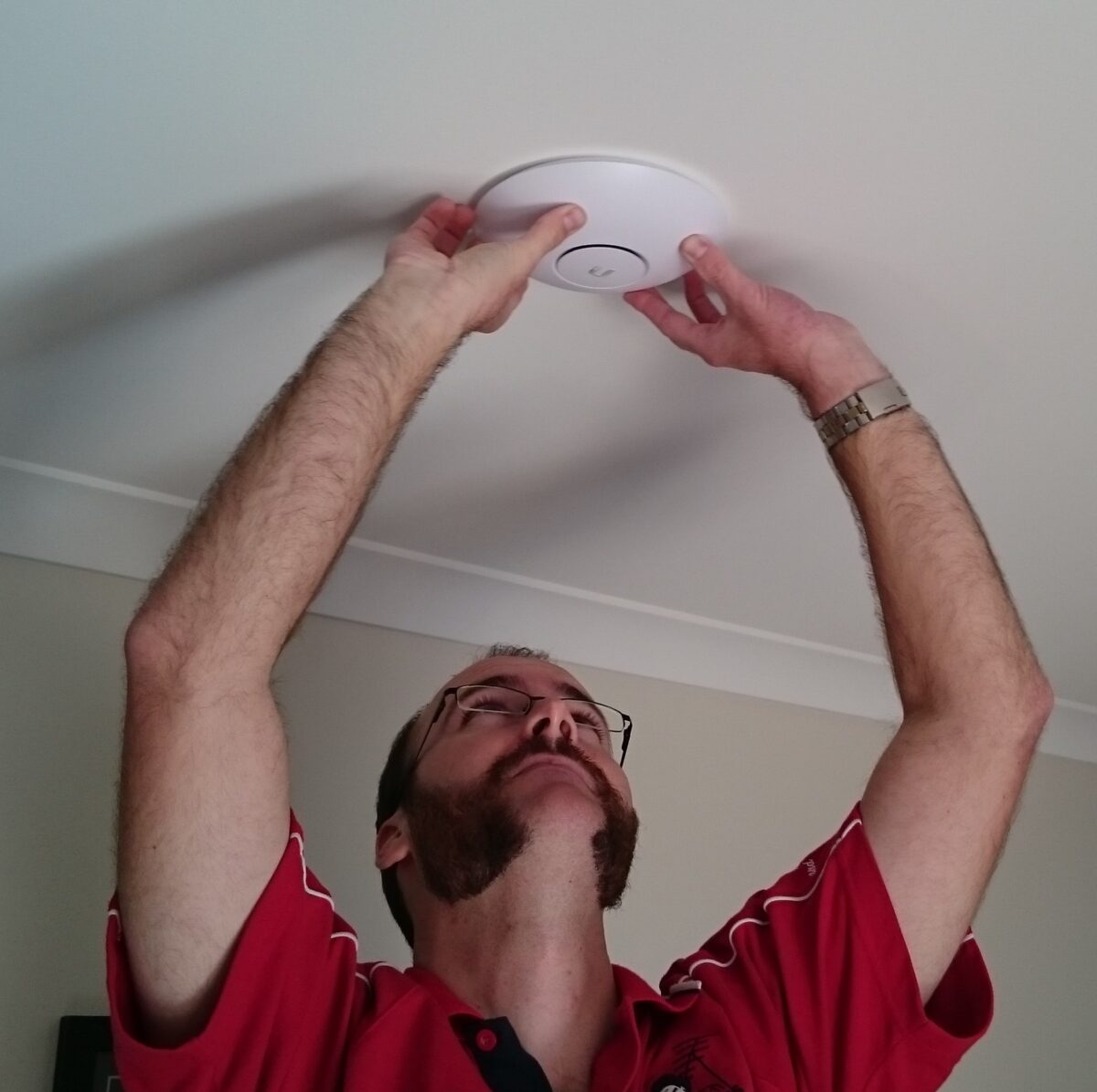How to Create the Perfect Home Office
In recent times, many of us have had to set up makeshift home-offices in response to the Coronavirus pandemic. But, with thousands of Australians continuing to work from home and the popularity of this phenomenon expected to increase in the future and is even thought by some to be the new way of working.
It may come as no surprise that having the right office set up is important for boosting productivity and protecting your physical health and well-being. But what steps are required to create the perfect home office?
Choosing your space and equipment
Access to Sunlight
Natural light has been linked to significant reductions in eyestrain, headaches, and blurred vision symptoms, making looking at your screen for prolonged periods of time much easier on your eyes.
Aside from minimising some of the physical effects of office work, exposure to the optimal amount of daylight has also been associated with increases in mood and productivity at work.
And if that’s not enough of an incentive, take a minute to consider how many dollars this will slash off your electric bills!

While sunshine is no doubt a natural remedy for indoor office work, there’s one key point to keep in mind when setting up your home office. To put it simply: Sunshine in the office is good. But sunshine on your computer’s screen, as I’m sure you have experienced, is bad.
Prevent this common issue by either:
- Placing your computer parallel to the window to prevent sunlight from reflecting off your screen
- Or, installing a set of blinds so that you can adjust the amount and direction of light entering your office
Choosing the Right Desk for You and Your Space
One of the main perks of working from home is being able to tailor your workspace to you – this especially applies to furniture. When it comes to choosing the right desk there are two key factors you should keep in mind:
Comfort
It is important to choose a desk based on the type of work that you are doing from home.
If like most of us, you primarily work on a computer, the width of your desk tends to be more important than length. Look for a desk design that provides enough space to comfortably house your monitor, keyboard and mouse. Inbuilt wiring holes and channels are also an added bonus as they make it easier to organise cabling, and keep your workspace neat and tidy.
When it comes to the comfort factor, it is also worth considering desks that offer additional storage space and organisational features. A desk with a pull out keyboard platform can help more effectively utilise space, and drawers can be used to sort and keep nearby files.
Ergonomics
Office ergonomics extend beyond proper posture to often easily overlooked details like having the right equipment.
When setting up your home office space, make sure that you choose a chair that is at the correct height for you: when sitting your knees should be about level with your hips.
You should also consider purchasing an ergonomic office chair. These chairs make it easy to maintain the correct sitting posture by supporting your spine’s natural position and providing good lumbar support.
In terms of desks, apart from height the main concern is having adequate space for your equipment. Good practice includes using your keyboard and mouse on the same surface and keeping frequently used objects such as the stapler close by to minimise reaching. This reduces stress on the joints and back.

For your home office, you may also like to consider using a sit-stand desk.
Standing while you work can reduce back pack pain from incorrect sitting posture and help you feel more alert. While these are higher than a standard desk – as they are intended mostly for standing, you can still use a stool if you get tired or would prefer to sit.

We’d also like to mention here that if you’re on a budget or simply prefer the items at your office, it may be worth checking with your employer whether you can borrow an office desk, chair or any other piece of equipment that you require for your home set-up.
If starting from scratch, your workplace might also offer to reimburse some of your set-up expenses – don’t be afraid to ask!
Choosing and Setting up Your Tech
Monitor and Stand
Not only does a monitor make your work easier to see and puts less strain on your eyes by enlarging your laptop screen. But the use of multiple screens can also be helpful for research and writing purposes, and when conducting presentations.
Going back to ergonomics, before purchasing one of these devices it is important to measure the width and height of the space where it will sit. We also recommend doing a bit of research and finding a monitor specific to your work and interests.
Our last tip when it comes to monitors is that if you’d like to attach a third-party stand or mount, ensure that the monitor you intend to purchase is VESA compatible.

A Good Internet Connection
When working from home, you will generally need a good internet connection with either hardwired or strong WiFi. An ideal internet speed of between 10 to 50 Mbps is also required to support video conferencing calls and downloading and uploading files.
If low internet speed or connectivity issues are affecting your ability to get work done at home, Jim’s Antennas is here to help you out. We can come to you in one quick and easy appointment to professionally assess your home internet speed, detect dead spots and identify and repair the source of connectivity issues.
We offer a wide range of internet solutions including:
- Setting up or improving internet speed by installing and repairing data points and WiFi access points
- Supporting the use of mobile communication in the office, by installing and repairing mobile phone signal boosters
- And if you are unable to access to NBN, we can help you by installing and supplying fixed wireless or 4G mobile internet





